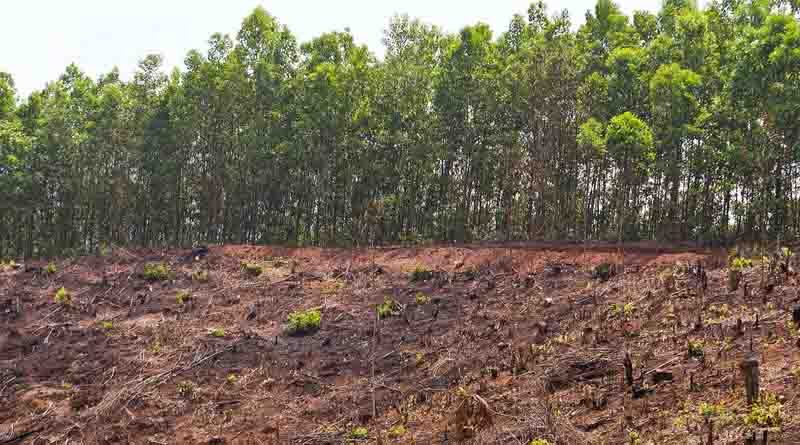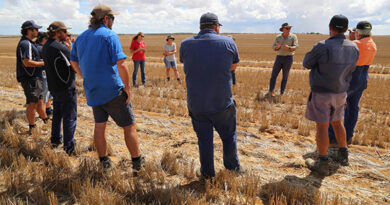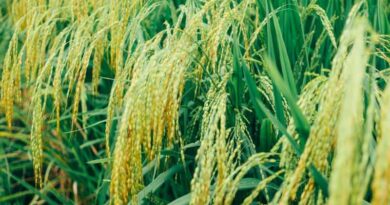How sustainable forest management can enhance the world’s biodiversity
07 October 2022, Rome: Protecting the animals, plants, fungi and microorganisms that thrive in forests must become a fundamental goal of sustainable forest management worldwide, according to a new report by the Food and Agriculture Organization of the United Nations (FAO) and partners launched today.
Forests are home to most of the world’s terrestrial biodiversity, yet forests and their biodiversity continue to be lost at an alarming rate.
Deforestation is the greatest driver of the loss of valuable biodiversity, with around 10 million hectares lost to deforestation each year, mainly for agricultural expansion. Other threats include over-harvesting of timber, invasive species, climate change, desertification and forest fires.
“The conservation of the world’s biodiversity is utterly dependent on the way in which we interact with and use the world’s forests,” said Tiina Vähänen, Deputy Director of FAO’s Forestry Division, of the report, Mainstreaming Biodiversity in Forestry, which was launched at the 8th World Forest Week on the sidelines of the 26th Session of FAO’s Committee on Forestry.
Inspiring action The world’s forests provide habitats for about 80 percent of amphibian species, 75 percent of bird species and 68 percent of mammal species. In addition, about 60 percent of all vascular plants occur in tropical forests.
The critical importance of sustainable forest management in halting deforestation and forest degradation, and the associated decline in supply of ecosystem services, is well recognized.
But, says the report, much more needs to be done to make sure that the conservation and sustainable utilization of biodiversity are embedded at every level of forest management.
The report assesses tools and methods of ensuring the conservation and sustainable use of biodiversity is integrated into forest policy, strategy and management.
Through a series of case studies from the Democratic Republic of the Congo, Ethiopia, Finland, Japan, Malaysia, Mexico, Peru and the United Kingdom it explores lessons learnt and identifies good practices.
The report recommended various measures and actions that governments and development partners can take to facilitate the mainstreaming of biodiversity in forest management:
- Halting and reversing deforestation
- Combating illegal and unregulated forest activities
- Recognizing the forest tenure of Indigenous Peoples and local communities
- Preventing the conversion of natural forests into monospecific forest plantations
- Ensuring the sustainable management of harvested species
- Managing and controlling invasive and overabundant species
- Leveraging global momentum on restoration to enhance biodiversity conservation
- Adopting a multisectoral perspective
- Providing economic incentives
- Facilitating market-based instruments
- Investing in knowledge and capacity development
“We hope that the wealth of information and recommendations made in this study will inspire action from those involved in forest management and conservation,” said FAO Forestry Officer Kenichi Shono, who supported the preparation of the report.
FAO Strategy on Mainstreaming Biodiversity across Agricultural Sectors
The role of forests in maintaining biodiversity is explicitly recognized by the United Nations Strategic Plan for Forests 2017–2030 and in 2019, FAO adopted the Strategy on Mainstreaming Biodiversity across Agricultural Sectors.
The new report was commissioned as part of a review of progress worldwide and to inform future efforts in forestry. It was produced through a partnership between FAO, the Center for International Forestry Research (CIFOR), and CGIAR’s Research Program on Forests, Trees, and Agroforestry.
Also Read: India signs deal with Dubai company to improve DAP and NPK supply
(For Latest Agriculture News & Updates, follow Krishak Jagat on Google News)















